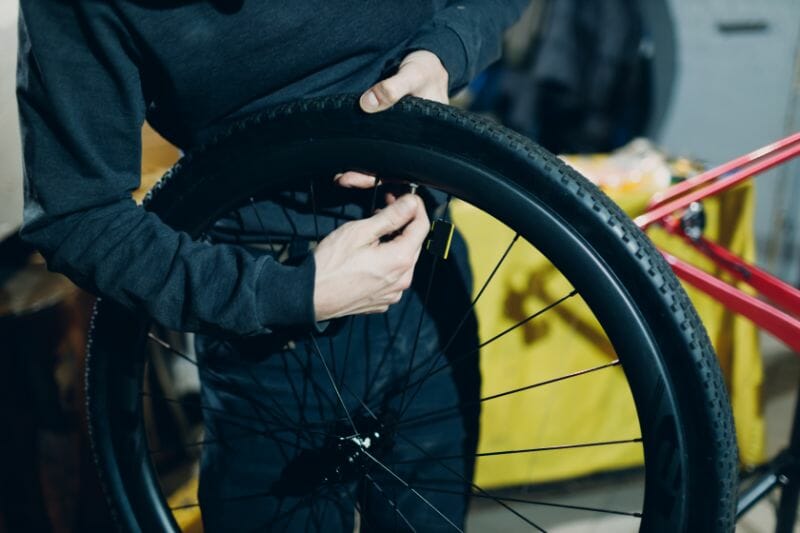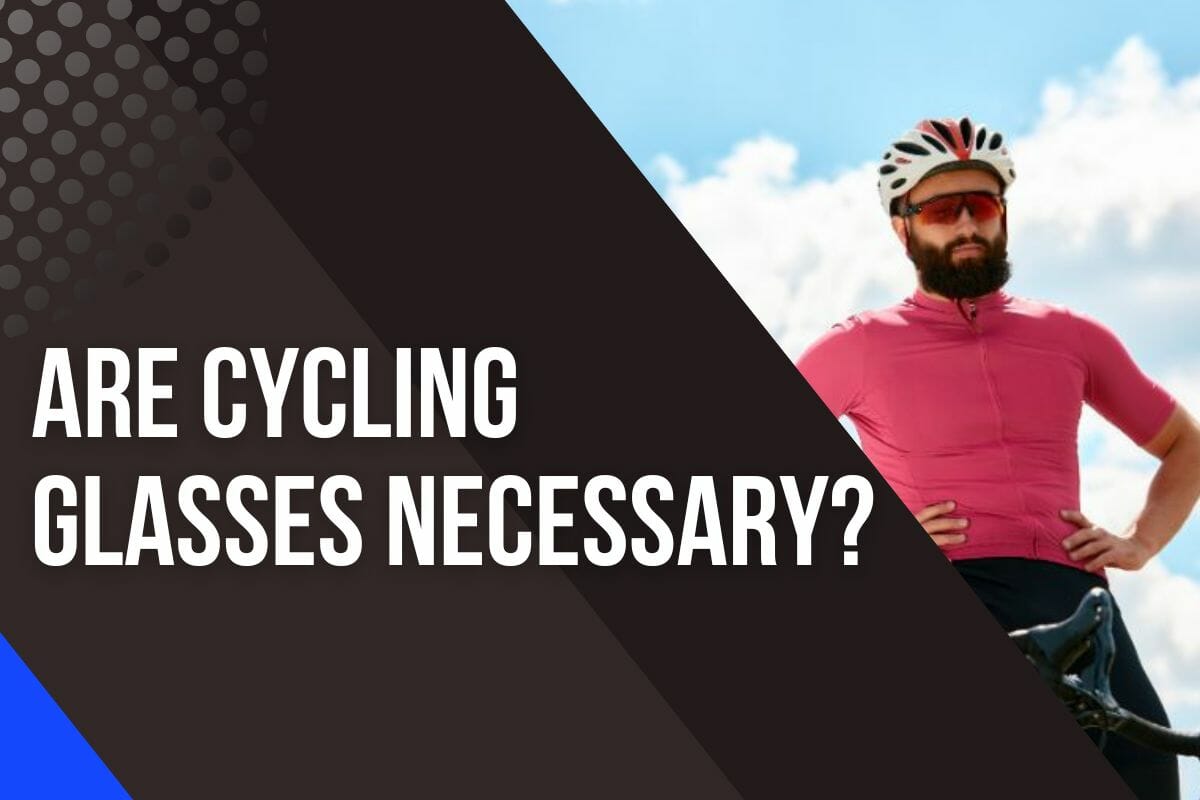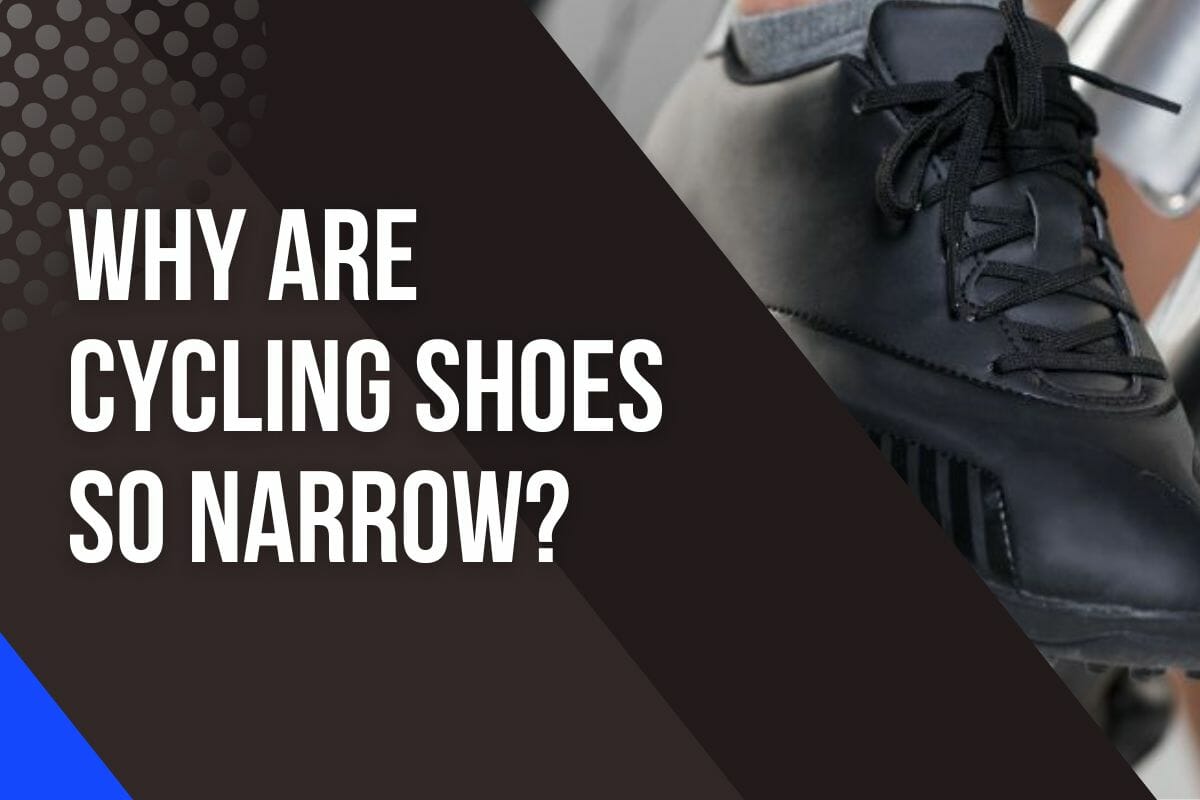How Long Do Carbon Bike Rims Last?

Have you ever wondered how long your bike’s carbon rims will last?
For my friend, Robert, a professional cyclist living in San Francisco, this is an important consideration.
He recently bought a new set of bike wheels with top-of-the-line carbon rims and wants to make sure they’ll be able to keep up with his intense training schedule.
But what exactly determines the lifespan of a bike rim made of carbon fiber?
Below, I’ll explore all the factors that contribute to the longevity of these lightweight yet strong components.
Finally, I’ll provide tips on how best to maintain and care for your rims, so they remain in peak condition as long as possible.
What Is The Expected Lifespan Of Carbon Wheels?
I’ve been riding with carbon wheels for the past five years and it has been an amazing experience.
The ride characteristics, the lighter weight, and the aero wheel profile have all made my cycling trips more enjoyable.
But one of the biggest questions I had when I first got my carbon wheels were about their longevity.
How long do these precious components last?
After talking to experts and doing some research, I found that with proper maintenance and care, carbon wheels can last up to 10-15 years. In flat areas, a quality set of carbon wheels should be able to last at least 5 years while in harsher mountain conditions they may only last 2 or 3.
This is due to the quality of the carbon used as well as how much use they get in different conditions.

My carbon rims have exceeded 5 years and are still working fine.
So, while no one can guarantee an exact timeline for your favorite set of carbon wheels, proper maintenance can help extend their life significantly.
Keep an eye on wear-and-tear levels, replace parts as needed (especially brake pads), and make sure that your tires are properly inflated before each ride.
Doing this will ensure your wheels stay strong and reliable for years down the road!
Every Ride Causes Wear And Tear To The Wheels
When it comes to carbon wheels, every ride you take has an impact on their lifespan.
From the heat of braking to potholes and debris-filled roads, your bike’s rims are taking a beating that gradually erodes them over time.
Knowing how long they will last depends on many factors including riding style, terrain, road conditions, and maintenance.
Every kilometer traveled, the wheel makes almost 500 rotations which cause the rim to compress under the weight of the rider.

This radial load puts stress on all components of the wheel, particularly the spokes.
Additionally, lateral loads from when I’m transferring my weight from one side of the bike to another during sprinting and climbing efforts can also cause wear and tear.
The first thing to consider when assessing wheel longevity is the quality of the rim itself.
I’m always looking for ways to extend the life of my wheels as much as possible.
By choosing lighter carbon fiber rims, as well as tubular wheels rather than clinchers, I can ensure that they are able to take more abuse over time and still remain strong.
Some companies like TrekBikes include a lifetime warranty against defects with its Carbon Care Wheel Loyalty program.

If you buy cheap rims with low-grade materials, then expect a much shorter life span than if you invest in higher-quality components like those found on premium bikes.
That said, even high-end wheels can be damaged by extreme temperatures or impacts from hitting objects while cycling at speed.
Keeping up with regular maintenance keeps your bike in optimal condition and gives you peace of mind knowing that its parts are functioning properly each time you hit the open road.
But even with proper care, eventually, all carbon rims will show signs of aging due to friction from using rim brakes which gradually erode the sidewalls of the rim over time.
Rim Brakes Gradually Erode The Sidewalls Of The Rim
Most cyclists don’t realize that the wear and tear of their bike’s components are not just limited to the spokes; rim brakes actually play a major role in eroding your carbon rims.
It’s estimated that, on average, you can expect anywhere from 2 to 6 millimeters of abrasion per 1,000 brake applications.
With frequent use, eventually, the sidewalls will become thinner and weaker due to grinding and heat generated by the rim brakes over time.

In addition to this natural wear-and-tear, you may also notice if the surface finish (such as black anodizing) begins to disappear or if polished black marks begin to appear over time.
While neither has an effect on the integrity of the rim, they are signs that point toward eventual wear and tear.
This gradual erosion might take years depending on how well-maintained the parts are kept up with regular cleaning and maintenance checks.
But ultimately, it’ll happen if you continue using them regularly without proper care.
When considering wheel longevity, don’t forget about hubs and bearings too – both need routine maintenance in order to ensure smooth rolling performance during rides.
Don’t Forget About The Hubs And Bearings
Just like car owners pay attention to their tires, cyclists should be aware of any wear-and-tear happening in their bikes’ components.
Especially when it comes to their hubs and bearings.
The biggest threat for wear in these components comes from dirt accumulation and the ingress of water into the bearings.
Regular maintenance will go a long way in prolonging their life.

However, eventually, they’ll need replacing.
Cartridge bearings can be replaced if there’s damage to the balls or races while cup & cone hubs can be overhauled with new parts.
Any play or looseness should also be checked as this can indicate wear too.
This will tell you if there’s been a decrease in tension over time due to poor maintenance or riding conditions.
If grease has hardened up, excess dirt is present, or your knuckles turn white after holding onto tight nuts/bolts – then it may be time for replacements.
How To Know If Your Bike Wheels Are Damaged
As a cyclist, I’m always on the lookout for signs of damage to my bike wheels.
After all, they are the most important parts of my ride!
Here are 9 signs that indicate your wheels are damaged.
1. Your Rims Are Bent or Warped
I recently had a nasty experience with bent or warped rims on my bike.
I was out for an afternoon ride and noticed that my brakes weren’t responding like they usually do.
After further inspection, I discovered that both my front and rear rims were bent and warped.
I knew this was a serious issue, so I took it to a local wheel technician to have them inspected.

The technician inspected the rims and confirmed that they were indeed bent and warped, which explained why my brakes weren’t functioning properly.
He recommended that the rims be repaired or replaced, depending on how bad the damage was.
Fortunately, he told me it would only take a few days to make the necessary repairs, so once the work was done, I was back on the road in no time!
2. Loose Spokes
I had been riding for a few weeks when I started to hear a weird noise coming from my wheels.
I knew that it was time to check my spokes, and sure enough, several of them were loose.
I quickly grabbed my spoke wrench and began tightening each one until they were all tight.

This was an important lesson learned as not only do loose spokes make noise, but they can also cause serious damage to your wheel or even make you crash if left unchecked.
3. Cracked or Chipped Rim
I was out cycling when I suddenly felt a strange wobble in the wheel and realized something was wrong.
When I took a closer look, I noticed that the surface of the carbon rim was chipped, with several small cracks running along it.
The damage could have been caused by many things, such as an accident, wear and tear, or potholes in the road.
Whatever the cause, it’s important to get this kind of damage fixed as soon as possible before it causes any further issues.
Some companies like CarbonBikeRepair claim that they can fix a crack on the carbon rim except for the brake track, spoke, and beads.
4. Uneven Or Loose Tire Bead
I recently encountered an issue that many cyclists face: uneven or loose tire beads.
It was a frustrating experience, as I had just finished inflating the tires to the correct pressure and was already late for my ride.
After some research, I realized that this could be caused by several things.
Firstly, if the tire has not been properly inflated, it can cause the bead of the tire to become uneven or loose.

This can be remedied by removing the tire from the rim and re-inflating it to the correct pressure.
Additionally, you may need to adjust the bead of the tire itself by loosening the rim and shifting it around slightly.
If this does not work, it may be necessary to replace the tire altogether.
5. Uneven Wear On Tire Tread
This could be caused by various factors including misaligned wheels, worn suspension components, incorrect wheel alignment, or even just driving on rough roads.
I decided to take a closer look at the tread of my tires and see if there was anything else that could be causing this problem.
What I found was that the tread pattern was not dispersed evenly across the tire, which can lead to poor traction in wet or snowy conditions.
To ensure my tires were wearing properly, I had them inspected and rotated regularly so that they would remain evenly worn.
6. Cracked Or Broken Spokes
The broken spokes have to be replaced as soon as possible.
Remove the wheel and begin to take out the broken spokes one by one.
It is important to make sure you replace them with the same type and size of spokes so that your wheel would stay balanced.
It will take about an hour of work to get all of the new spokes in place and your bike will be back up and running just like before.
7. Wobbling Of Wheel When Spinning
I found that this is usually caused by uneven weight distribution or manufacturer defects.
To fix it, spin the wheel and checked for any visible wobbling, then adjust the weight distribution until the wheel is balanced.

Afterward, you will notice a huge difference in ride quality.
The bike feels much smoother and more comfortable as there is no more rattling or shaking of the wheel.
It also helped improve the overall control of the bike since it wasn’t constantly fighting against an imbalance in its rotation.
8. Bent Or Broken Axle
Axle can be broken due to an impact or accident. I found out that the best way to fix this problem is to replace the axle with a new part.
However, if you are feeling brave and want to save some money, it may be possible to straighten it with a hammer and vice, although this is not recommended for long-term performance or reliability.
9. Dented Or Cracked Hub
The hub is a central part of the bicycle wheel, connecting the spokes to the axle and containing bearings that allow for smooth spinning.
When you spot a dented or cracked hub on your bike, replace them as soon as possible.
Not only can this cause issues such as wheel misalignment, poor handling, and even complete wheel failure, but leaving the problem untreated may put you at risk for an accident.

The process for replacing a dented or cracked hub, thankfully, is usually relatively simple.
It’s important to make sure the new hub is compatible with your bike and properly installed; most bike shops are able to help with this process.
If you are comfortable with DIY repairs, then there are many online tutorials that explain exactly how to replace hubs – including removing disk brakes if necessary.
With careful attention and the right tools and replacement parts, you’ll have your bike back up and running in no time.
Caring For Your Bike Wheels
It is very important to properly care for your bike wheels in order to extend the life of the bicycle and improve performance
First, you should check your tire pressure regularly by using a small hand-held pump or gauge and inflate as needed before every ride.
Ensuring the correct tire pressure helps optimize traction on the ground while also helping to prevent flats.
If inflation is too low, it can cause poor handling, and instability or still even lead to a defect over time due to strain on other parts of the wheel such as spokes or rims.
Secondly, to maintain optimal condition, bicycle wheels should be cleaned regularly.
This includes brushing away dirt and debris with a soft-bristled brush, as well as washing it with a mild soap and water solution.
If you find any rust present from extended periods of exposure to moisture or humidity, gently use sandpaper in order to remove this before applying oil for further protection against future rusting.
My Verdict
Carbon wheels are a great investment for any cyclist. With proper care and maintenance, it should last at least 2 to 5 years.
Although it’s impossible to determine exactly how long your carbon rims will last, you can expect them to outlast conventional aluminum or steel wheels by several years.
The best way to ensure that your carbon wheels remain safe and durable is to inspect them regularly for signs of wear and tear, making sure to replace worn-out parts as soon as possible.





